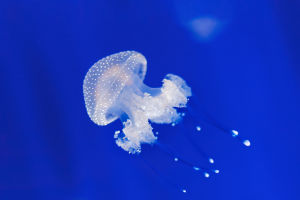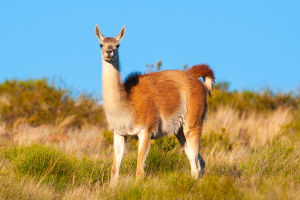European Bee-Eater Wonders
Hello, Lykkers! Today, we're thrilled to share some fun facts and insights into the European bee-eater, one of Europe's most vibrant and fascinating bird species.
Join us as we explore the unique lifestyle, diet, and beauty of these colorful creatures.
A Vibrant Palette of Colors
The European bee-eater (Merops apiaster) is often admired for its striking appearance and blend of colors, including bright green, yellow, blue, and rust-red. These colors help them stand out in their natural habitats, making them a favorite for birdwatchers across Europe and even into parts of Asia and North Africa. With a wingspan of around 10-12 inches, these birds are small yet mighty, showcasing a beautiful contrast to the green and blue skies they navigate.
Where Do European Bee-Eaters Live?
European bee-eaters are migratory birds, spending their summers across Southern Europe and moving to warmer African regions in the winter. They favor open areas like meadows, riverbanks, and orchards for nesting and hunting, especially areas rich with flying insects. Their tendency to live in these wide-open spaces not only offers easy access to food but also allows birdwatchers ample opportunity to spot them in their natural habitat. During migration, it's common to see them traveling in flocks, a captivating sight against the sky.
European Bee-Eaters (Fast and Fierce as The Missile)
Video by 3 Minutes Nature
Hunting Skills and Diet
As their name suggests, bee-eaters primarily feed on flying insects, with bees and wasps being among their favorites. What's fascinating is their hunting technique—they catch insects mid-air with impressive accuracy. Before eating a bee or wasp, they use a clever method to remove the sting. By striking the insect against a hard surface, they disable the sting, making it safe to consume. This hunting technique not only keeps them safe but shows off their adaptability and intelligence in the wild.
Nesting Habits and Raising Young
European bee-eaters nest in colonies, often along sandy riverbanks or cliffs where they can dig burrows up to three feet deep. These burrows offer a safe space for their eggs and young. Inside, the female lays 4-7 eggs, and both parents take turns incubating them. After about 20 days, the eggs hatch, and the young birds rely on their parents for food and protection. The parents are attentive, often working together to provide food for their chicks until they are ready to fly, usually after about a month.
Conservation and Protection
While European bee-eaters are not currently endangered, they face threats from habitat loss and the reduction of insect populations, which is crucial to their survival. Conservation efforts are in place to protect these habitats and ensure that bee-eaters have abundant food sources. Their presence in various regions serves as a helpful indicator of environmental health, making them a valuable part of the ecosystem.


